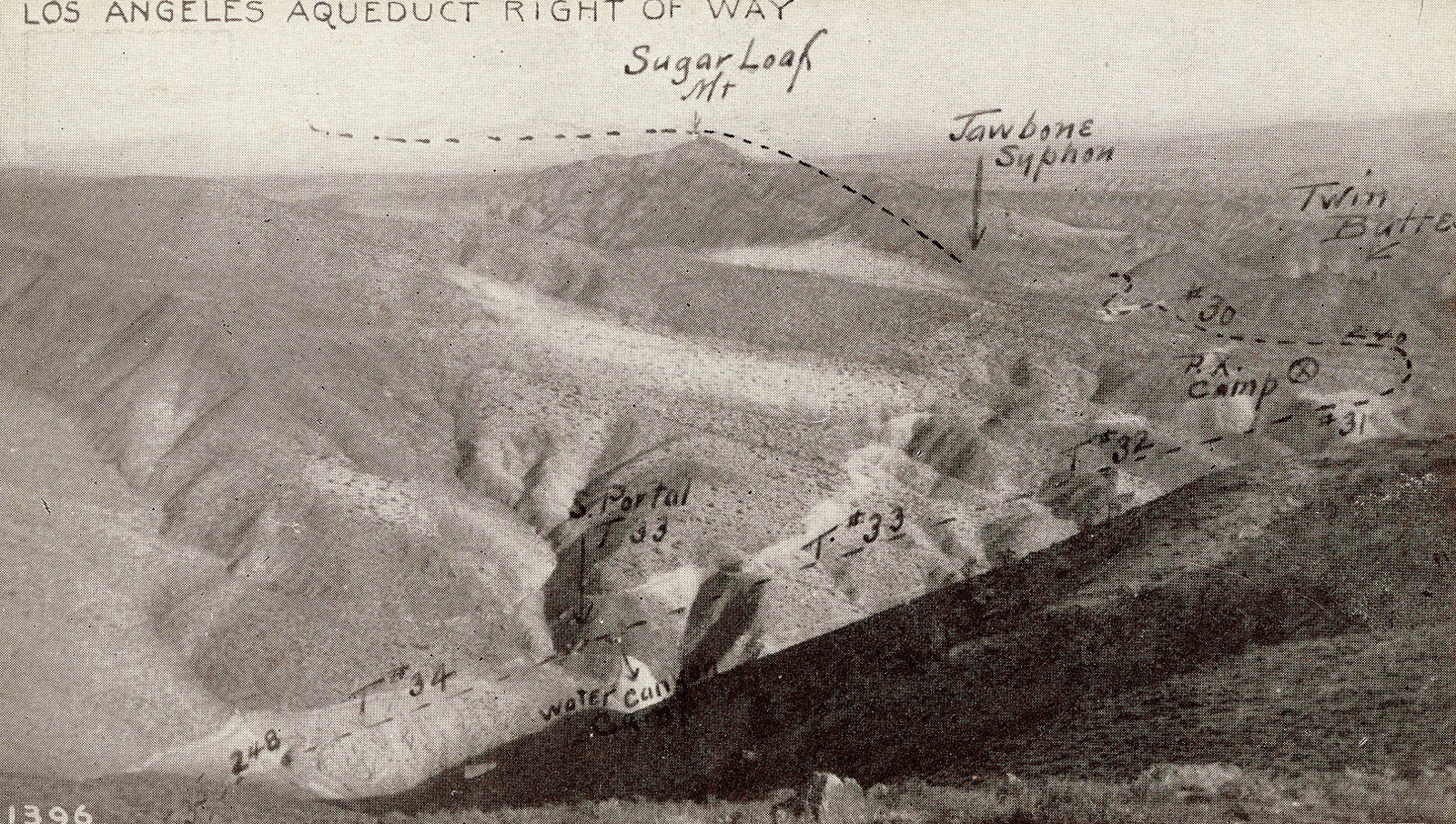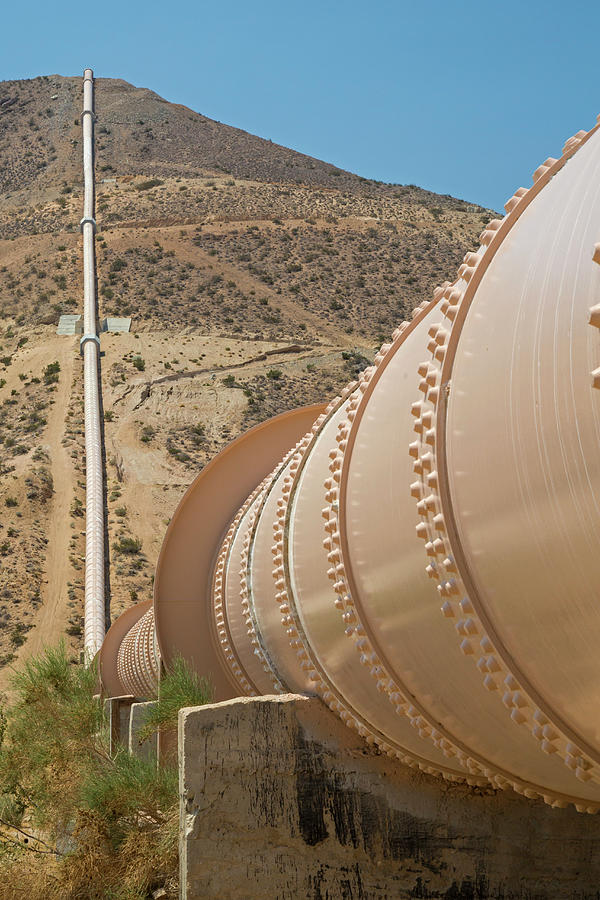Yes, the Roman were ingenious civil engineers. One of the photos is the aqueduct crossing the town of Segovia, Spain, and I had a chance to see it in person.
The Roman did not have the technology that Mulholland did in 1900. What is unique about the LA Aqueduct is that it has a 12-mile section that is a closed pipe that siphons water over Sugar Loaf Mountain. The giant syphon operates on gravity and requires no pumping.
The above so-called Jawbone syphon still needed priming to start in the beginning. And if it runs dry, it will need priming again.


